Almost no apples.. what am I doing wrong
Dan.NY
12 years ago
Related Stories
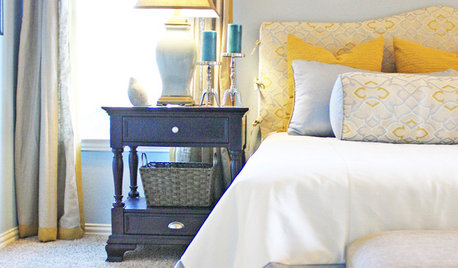
COLOR8 Color Palettes You Can't Get Wrong
Can't decide on a color scheme? Choose one of these foolproof palettes for a room that feels both timeless and fresh
Full Story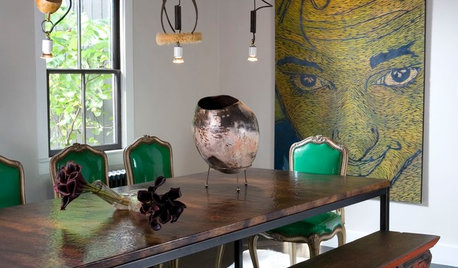
LIFEYou Said It: ‘Every Room Should Have the Right Wrong Thing’ and More
This week on Houzz we were inspired to break out of catalog styling ruts and let our design freak flags fly
Full Story
REMODELING GUIDESWhy Marble Might Be Wrong for Your Bathroom
You love its beauty and instant high-quality appeal, but bathroom marble has its drawbacks. Here's what to know before you buy
Full Story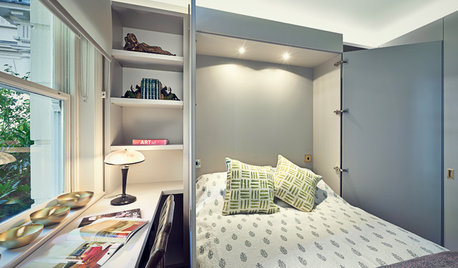
DECORATING GUIDESHow to Turn Almost Any Space Into a Guest Room
The Hardworking Home: Murphy beds, bunk compartments and more can provide sleeping quarters for visitors in rooms you use every day
Full Story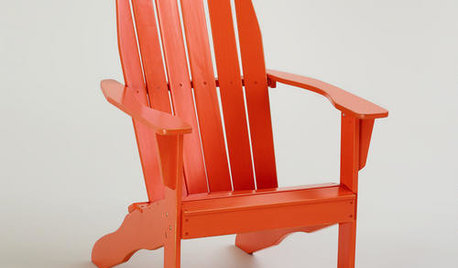
PRODUCT PICKSGuest Picks: 20 Fab Outdoor Finds, Almost All Under $100
Sprinkle these budget-friendly furniture, decor and tableware pieces around a porch or patio for an easy warm-weather update
Full Story
HOME TECHThanks, Steve: Apple-Inspired Design at Home
See how the Mac and iPod aesthetic synchs up with today's house
Full Story
LIFEYou Said It: ‘The Wrong Sink Can Make You Hate Your Kitchen’
Design advice, inspiration and observations that struck a chord this week
Full Story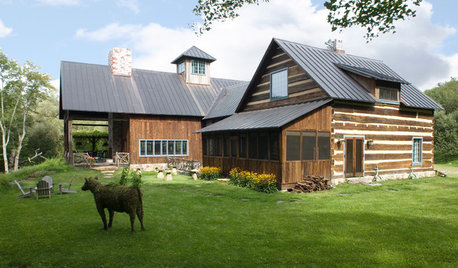
LIFEThe Polite House: Do I Have to Display Decor Given to Me as a Gift?
Etiquette columnist Lizzie Post tackles the challenge of accepting and displaying home decor gifts from frequent visitors
Full Story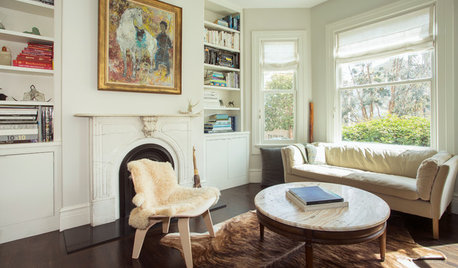
HOUZZ TOURSMy Houzz: Family of 5 Lives (Almost) Clutter Free
Smart decor decisions and multipurpose items help this San Francisco family keep things tidy
Full Story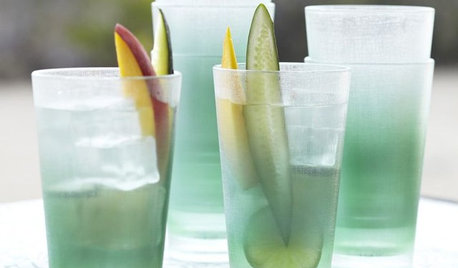
PRODUCT PICKSGuest Picks: 20 Almost-Unbreakable Mealtime Pieces
Sure, you could run 'em over with a bulldozer. But these sturdy and shatterproof glasses, dishes and accessories are much more fun to use
Full StoryMore Discussions







fruitnut Z7 4500ft SW TX
Dan.NYOriginal Author
Related Professionals
Fitchburg Landscape Architects & Landscape Designers · Graham Landscape Architects & Landscape Designers · Paradise Landscape Architects & Landscape Designers · Wake Forest Landscape Contractors · Allentown Landscape Contractors · Anderson Landscape Contractors · Berkeley Heights Landscape Contractors · Flagstaff Landscape Contractors · Paterson Landscape Contractors · Pleasant Grove Landscape Contractors · Ringwood Landscape Contractors · San Pedro Landscape Contractors · Soddy Daisy Landscape Contractors · Wallingford Landscape Contractors · Norridge Landscape Contractorscarolkcmo_5
fruitnut Z7 4500ft SW TX
glib
AJBB
Konrad___far_north
alan haigh
Dan.NYOriginal Author
fruitnut Z7 4500ft SW TX
olpea
olpea
alan haigh
Konrad___far_north
questor3
calliope
Dan.NYOriginal Author
olpea
Dan.NYOriginal Author
olpea
ltilton
Konrad___far_north
creekweb
alan haigh
olpea
olpea
calliope
jbclem
john_in_sc
boizeau
jrm1504
olpea
boizeau
Dan.NYOriginal Author
jrm1504